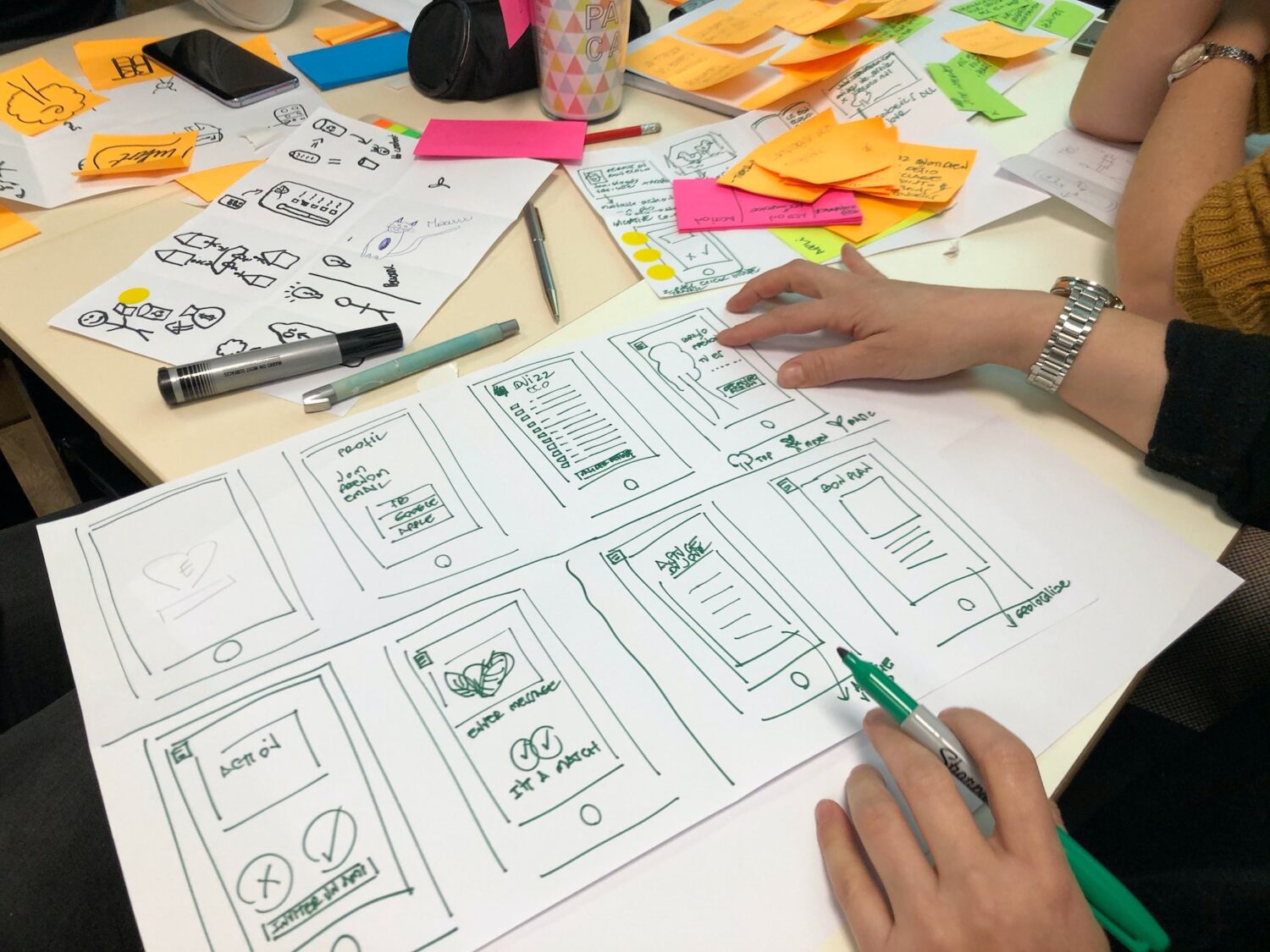5 ways to make your website accessible to the neurodivergent

You will almost certainly have neurodivergent people visiting your website. If they can’t fully access, interpret, or understand your pages, then it’s a lose-lose. They’re missing out on services they might need, and you’re missing out on potential customers.
So how do you make your website accessible to the neurodivergent?
We’ll start with a very brief definition of terms.
What does ‘neurodiversity’ mean?
Neurodiverse is a term used to describe people who think differently to the majority. It’s often used to categorise neurodevelopmental conditions including autism, Attention Deficit Hyperactive Disorder (ADHD), dyslexia, and dyscalculia. For more information, check out this link HERE.
But the word neurodiversity really means everyone – neurotypical and neurodiverse thinkers alike.
Neurodivergent is a term that an individual may use to describe their own neuro-difference, or a term used to describe how an individual is part of the neurominority community.
How to make your website neuro-inclusive
Making a few changes to the design of your website will make it more accessible to neurodivergent people.
You start by reviewing the accessibility of your website. Google offers plenty of information which helps when developing your website accessibility (link HERE).
You can also download Site Improve as a Chrome plug-in (link HERE) Site Improve reviews the accessibility of all your website pages and provides feedback and recommendations. Before writing this blog post I used it on our website. Results = not too bad! We need to make a few improvements with colour contrasts and better use of headings and sub-headings though.
Let’s get back to your website though.
Fortunately, the principles behind making your website neuro-compliant are reasonably simple. Bonus – a neuro-compliant website will almost certainly look great anyway, for both neurodivergent and neurotypical people alike.
Some of the following guidelines will be very familiar to copywriters and website designers as golden rules they have long been shouting about.
So let’s get into the list.
-
Use simple and cohesive colours on your pages.
Bright colours assault the eyes and can cause a visual overload, especially if there’s a violent clash between two adjacent colours.
- It sounds boring, but lighter pastel hues are better.
- Use a simple easy-to-read font which stands out nicely against a white or off-white background. Some of the most suitable fonts for the visually impaired include Tahoma, Calibri (a personal favourite of mine), Helvetica, and Arial.
- Use the highest contrast possible between the text and the background. For example, a yellow font against a sky-blue background is not OK. Neither is a black font on a dark grey background.
-
Write your content in simple, inclusive language.
This one is a mantra of most copywriters anyway. Your text is the beating heart of your brand, your offering, and your website. So make sure that everybody can read it.
- Keep your sentences short (or shortish!) and use the active tense.
- Avoid ambiguity. And definitely avoid idioms, which let’s face it, can be confusing if you can only interpret them literally.
- Make sure acronyms and abbreviations are explained – there’s no place here for TLDR (Too Long Didn’t Read).
-
Format your text so it’s easy to scan and easy to read.
Another copywriter’s mantra. It’s much easier to digest information if it’s presented in a clear, logical order.
- Avoid large blocks of text. Use sub-headings and bullet points.
- Use bold text, capitals, and italics sparingly. Including lots of bold text, or italics, or even CAPITAL LETTERS in the middle of your sentences MAKES them MORE difficult to read.
-
Use practical graphics or imagery to support your text.
Images and icons offer you the chance to get creative. But they should always support your text.
- Clean, clear, and clutter-free images and graphics work best.
- Always add alt-text to your images. This has a double benefit. It allows audio readers to accurately describe the image to the hearing impaired. And it also contributes to boosting your SEO (Search Engine Optimisation) impression.
-
Use additional formatting options for your content.
Include different accessibility options on your website, making content more inclusive for neurodivergent people, and people with visual and hearing impairments. Some additional formatting options include:
- Subtitles for any video content. Make sure they follow your text guidelines and are clear and easy to understand.
- Audio reader functionality that narrates your copy to anyone browsing your website.
- Alt-text on images (which I’ve already mentioned).
- Avoid embedding auto-play videos, which are annoying for everyone, to be honest. Anyone browsing your website, and taking an interest in your content, is more likely to leave if a video suddenly crashes in, unannounced and unwanted.
Some of these guidelines will be more difficult to execute than others. But by methodically working your way through them, you can ensure that your website is truly available to all.
